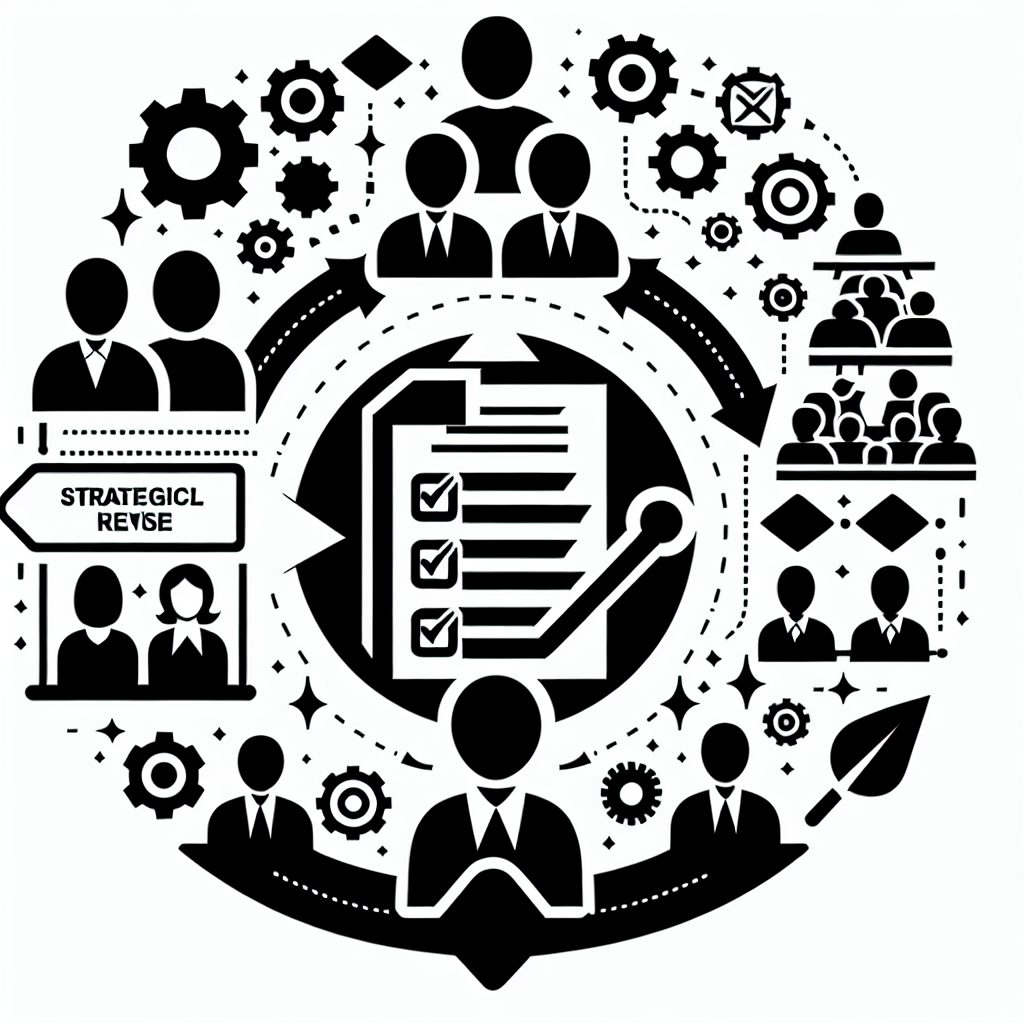Home / Contents / Donations / News / Contact
JBD - Job Boundaries

Supports:
Context:
In a DAO’s dynamically structured environment where various tasks and projects are managed across decentralized and often remote teams, defining clear roles and responsibilities can significantly streamline process and improve operational efficiency.
Problem:
Without clearly defined job boundaries, members may experience role confusion, which can lead to redundant efforts or neglected duties, inefficiency, and conflicts within the team. There is also a risk of burnout if individuals find themselves overextended, attempting to manage more responsibilities than they can realistically handle.
Forces:
- Autonomy - Each member values the empowerment and responsibility that comes with clear job boundaries.
- Efficiency - Optimizing each member’s contribution without overlapping efforts demands well-defined job scopes.
- Scalability - Clear roles allow the DAO to scale operations without proportional increases in coordination complexity.
- Accountability - Clear delineation of responsibilities aids in identifying points of accountability for tasks or projects.
- Adaptability - Job boundaries should be well-defined yet flexible enough to evolve with the DAO’s needs.
Solution:
Establish clear and detailed descriptions of roles, expected outcomes, and responsibilities for each position or task group within the DAO. Implement these through formal documentation and use onboarding sessions to ensure everyone understands their roles and the extents of their responsibilities. Regular review sessions should be conducted to refine these roles to adapt to any changes in the DAO’s operational landscape or strategic direction.
Real-world examples include DAOs like MakerDAO, where roles are defined clearly around governance facilitators and risk teams, ensuring that each team member knows their specific areas of responsibility and limits. This clarity enhances focus and effectiveness by allowing members to dedicate their energy to specialized tasks without unnecessary overlap.
Therefore:
Define and regularly update job boundaries to ensure clarity and adaptability, facilitating effectiveness and harmony within the organization.
